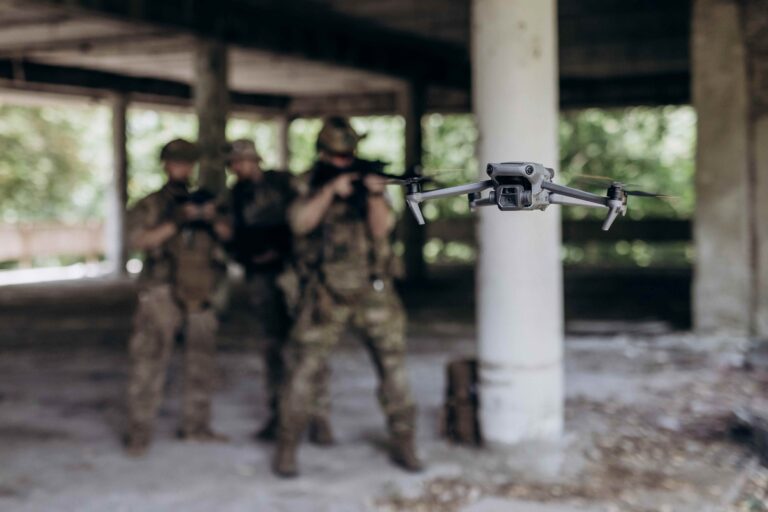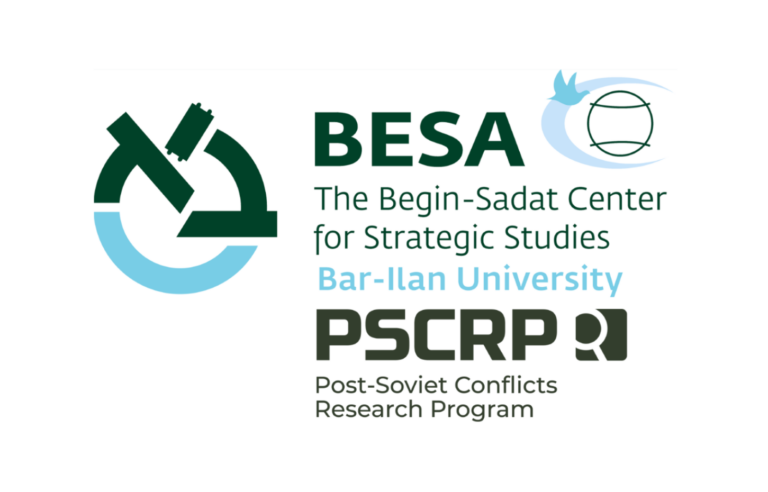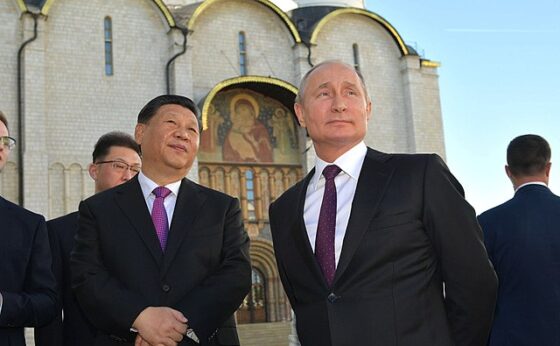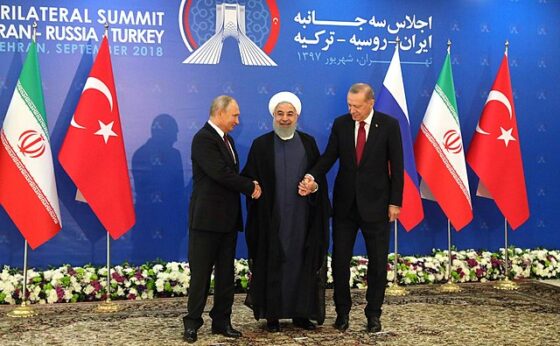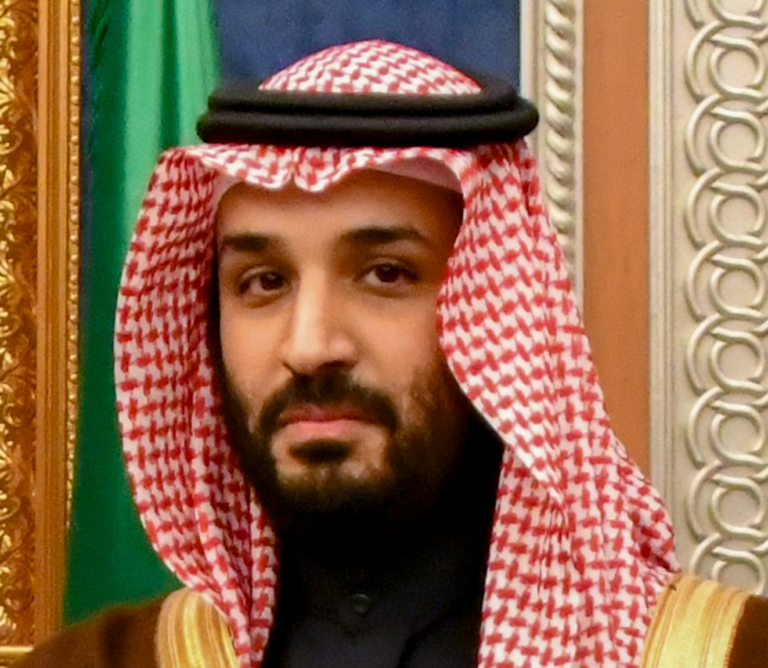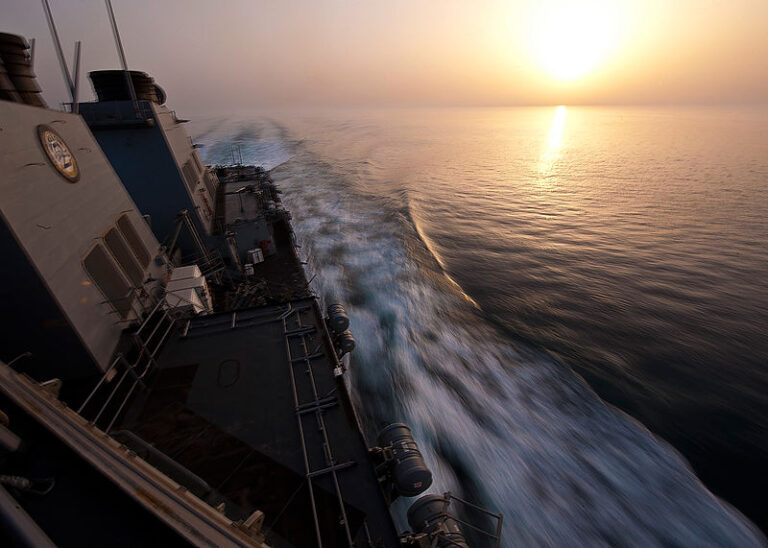The war in Ukraine is acting as a super-accelerator in the development of low-cost, low-tech, mass-produced robotic military systems – robot armies, in other words - by actors with little financial or technological ability. One of the biggest questions weighing on the future global and regional balance of power is who will be the first to link these robot armies to artificial intelligence, which would allow them to operate autonomously. The West is possessed by phobias and obsessions that hinder it from adopting such systems. By contrast, forces that place a strong emphasis on the development of asymmetric capabilities – including both state and non-state actors hostile to the West – have absolutely no such inhibitions, creating a dangerous potential new reality.



